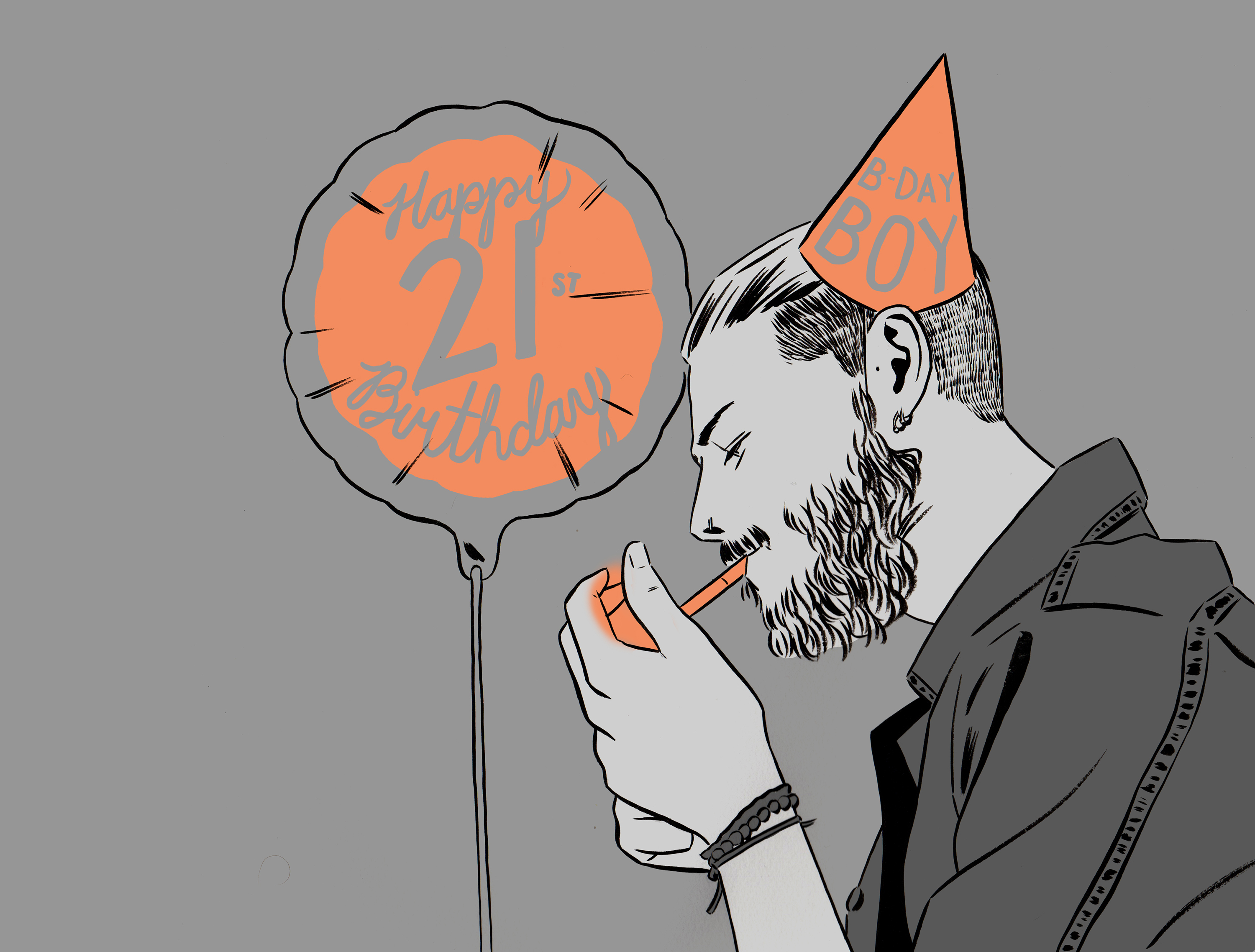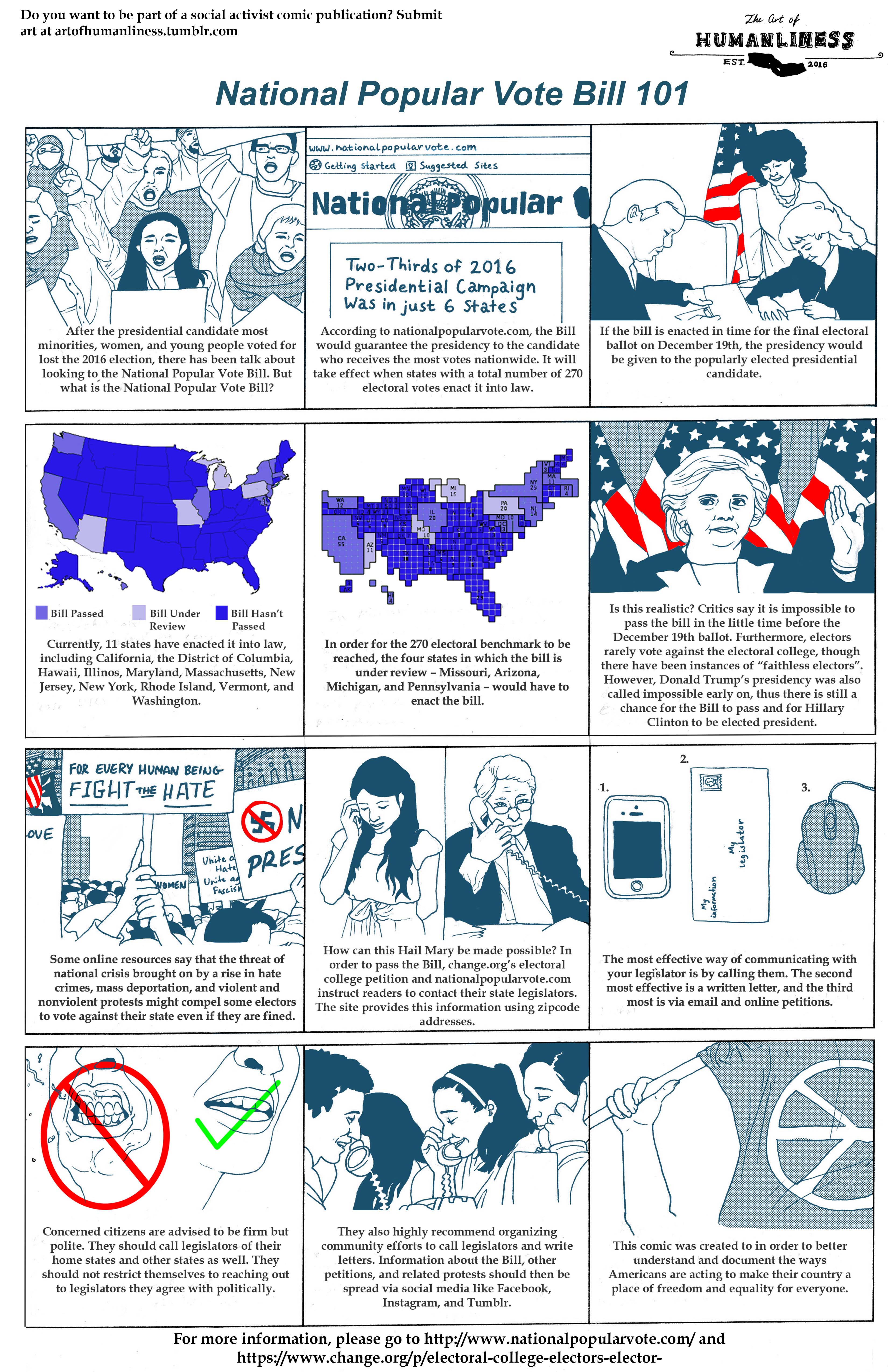
For years, Big Tobacco has been marketing to students, artists, and young people in general. Since the 1990s, companies like Camel have worked to create a dependency on cigarettes within the artist community by shifting their brand persona to exemplify the hipster aesthetic.
In fact, a study funded by the National Cancer Institute revealed that documents from Camel’s marketing department indicate a considerable effort to utilize hipster language and imagery in marketing. The most iconic example of this strategy are the Camel Artist Packs of the early 2000s: Camel hired artists to design the imagery reminiscent of tattoo art on a limited edition series of cigarette packs. The School of the Art Institute of Chicago (SAIC), therefore, represents a desired market for tobacco companies.
In fact, smoking culture at SAIC is probably the best example of Big Tobacco’s marketing success. For SAIC students, smoking is a huge aspect of school culture. Beyond the artist archetype exploited by Big Tobacco, the social aspect of smoking contributes to tobacco use among students and artists.
If all goes according to plan, new legislation passed in March may significantly impact public health. The Chicago City Council’s ordinance on tobacco regulations raised the legal purchasing age to 21 for all tobacco products, effective as of July 1. Preventing young people from smoking complies with recommendations made by the American Academy of Pediatrics to raise the minimum smoking age. It also decreases chances of addictions to other drugs among young adults.
According to an SAIC sophomore who wished to remain anonymous, the changes to smoking culture caused by the ordinance aren’t completely evident yet. They said they “would imagine that underage students are dealing with the new legislation in the same way they deal with alcohol: They use a fake ID, find a friend with a fake ID, or find a friend who is 21 or older to buy tobacco products for them.“
While that particular student doesn’t think smoking is fetishized in the same way as underage drinking, they did acknowledge a certain obsession with cigarettes at SAIC, particularly within the first-year class. The student added that, though they didn’t think there was direct pressure from other students to start smoking, there was definitely a social aspect to smoking that strongly influenced new students’ decision to smoke.
This sentiment was reiterated by two first year MFA students who also wished to remain anonymous. The students agreed that smoking culture at SAIC is massive and that it contributes to their desire to smoke. They added that while they smoked prior to attending SAIC, and didn’t necessarily feel obligated to smoke because of SAIC, they can see how younger students would be more susceptible to smoking culture at the school. Despite the size of SAIC’s smoking population, many students were hesitant to speak about smoking on record.
Dr. Karen Hudmon, a professor of Pharmacy at Purdue University, said students who smoke are more likely to develop nicotine addictions, become dependent on other drugs or alcohol, and develop depression and anxiety disorders. In an email exchange with F Newsmagazine, Hudmon said that “enforcing a higher age limit for the purchase of cigarettes might decrease adult smoking in the long term. Emerging evidence suggests that preventing adolescents from starting to smoke may be the most effective way to decrease the enormous health and economic burden of smoking in this country.”
SAIC Health Services reported in 2013 that SAIC’s smoking rate was nearly double the national average for universities. The World Health Organization’s Tobacco Free Initiative reports that young people who smoke are three times more likely to use alcohol, eight times more likely to use marijuana, and 22 times more likely to use cocaine. Youth who smoke at least a pack a day are projected to die seven years earlier than non-smokers.
Secondhand smoke can be dangerous to public health. The CDC reported that secondhand smoke causes nearly 34,000 premature deaths from heart disease each year. Lawmakers hope this new legislation will change some of those numbers for the city of Chicago. The measure has been praised by both city council and Mayor Emanuel as being in the best interest of public health.
While it may seem simple to non-smokers, raising the smoking age is a big deal. Though taxes on cigarettes in the city have made Chicago the most expensive city in the United States to smoke, losing smokers all together has more significance. Any 18 to 20-year-old SAIC student who smoked before moving to Chicago, or when purchasing was legal, now has to find new ways to satisfy their addiction.
The consequences of this are not lost on sellers of tobacco products. In an interview with the Chicago Tribune, convenience store owner Jay Patel said that he’d “rather sell the business and move to the suburbs out of Cook County” than try and support his business under the ordinance.
Illinois’ smoking age is still 18, which means that outside of Chicago, SAIC students can purchase whatever tobacco products they like. However, SAIC’s intense workload leaves little time or motivation to head to the suburbs for a smoke. As the first semester with the ordinance in places nears its end, any resulting changes to SAICs smoking culture are likely to arise over the next few weeks.






